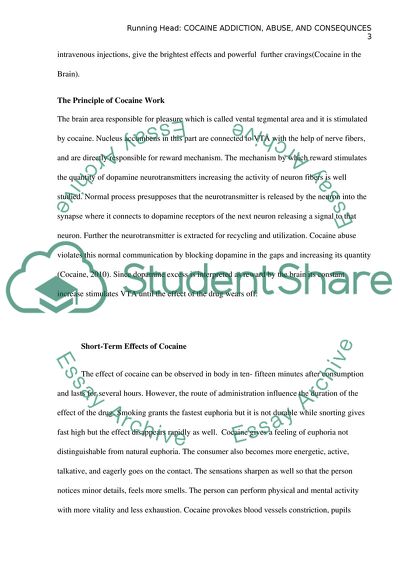Cite this document
(Cocaine Addiction, Abuse and Consequences Coursework Example | Topics and Well Written Essays - 2500 words, n.d.)
Cocaine Addiction, Abuse and Consequences Coursework Example | Topics and Well Written Essays - 2500 words. https://studentshare.org/health-sciences-medicine/1840004-cocaine-abuseaddiction-and-consequences
Cocaine Addiction, Abuse and Consequences Coursework Example | Topics and Well Written Essays - 2500 words. https://studentshare.org/health-sciences-medicine/1840004-cocaine-abuseaddiction-and-consequences
(Cocaine Addiction, Abuse and Consequences Coursework Example | Topics and Well Written Essays - 2500 Words)
Cocaine Addiction, Abuse and Consequences Coursework Example | Topics and Well Written Essays - 2500 Words. https://studentshare.org/health-sciences-medicine/1840004-cocaine-abuseaddiction-and-consequences.
Cocaine Addiction, Abuse and Consequences Coursework Example | Topics and Well Written Essays - 2500 Words. https://studentshare.org/health-sciences-medicine/1840004-cocaine-abuseaddiction-and-consequences.
“Cocaine Addiction, Abuse and Consequences Coursework Example | Topics and Well Written Essays - 2500 Words”. https://studentshare.org/health-sciences-medicine/1840004-cocaine-abuseaddiction-and-consequences.


